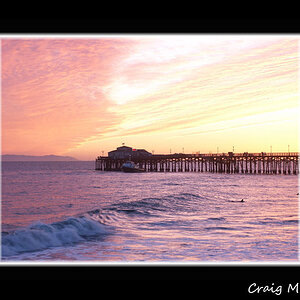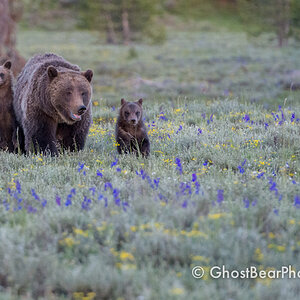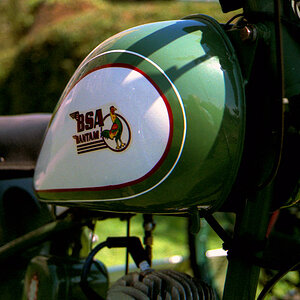Heather Koch
No longer a newbie, moving up!
- Joined
- Oct 10, 2014
- Messages
- 652
- Reaction score
- 155
- Location
- Michigan
- Can others edit my Photos
- Photos OK to edit
So I went out today to try some long exposure shots, I love the abstract look to these, and this river was the best thing I could get for now to try it out on. I had some troubles finding the right exposure length, but I am pretty pleased (considering the location) with my first long exposure shots 
What do you think?


What do you think?




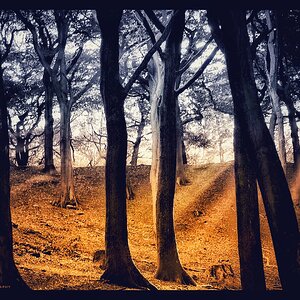
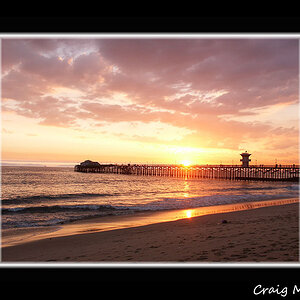
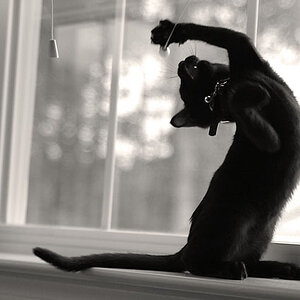

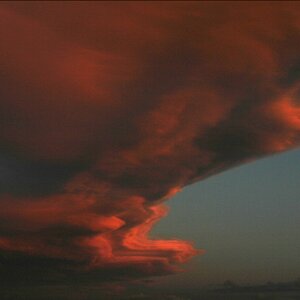
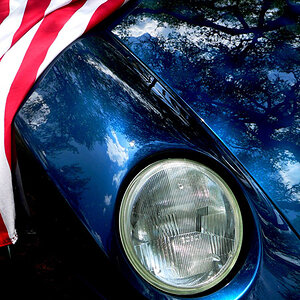
![[No title]](/data/xfmg/thumbnail/37/37627-c3d3ca879cdfbdb9e35acdcc7fcd4b3e.jpg?1619738154)
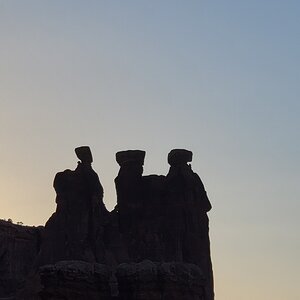
![[No title]](/data/xfmg/thumbnail/42/42464-98a778e864f4e6df2a9cc673b7549322.jpg?1619740192)
